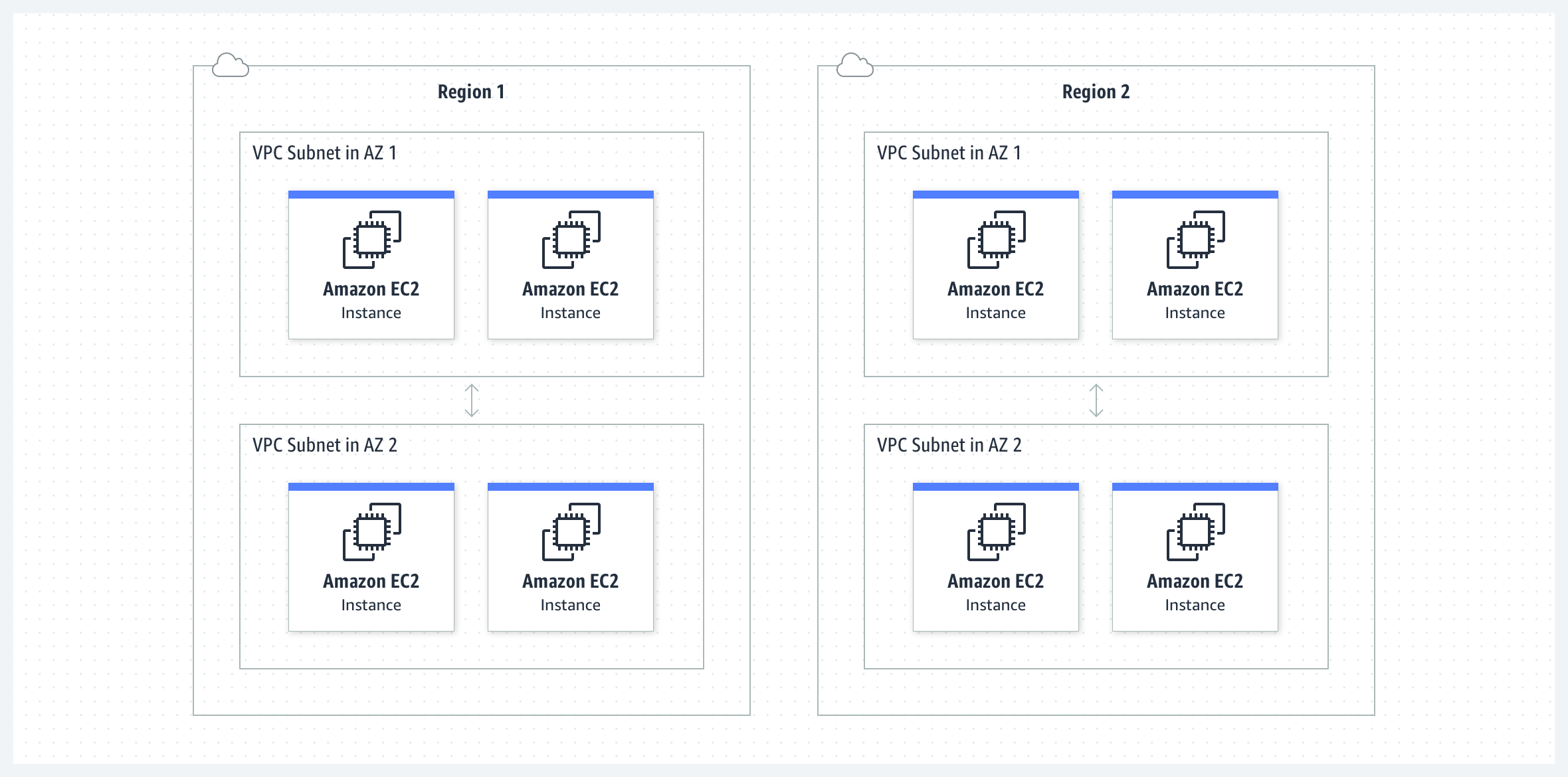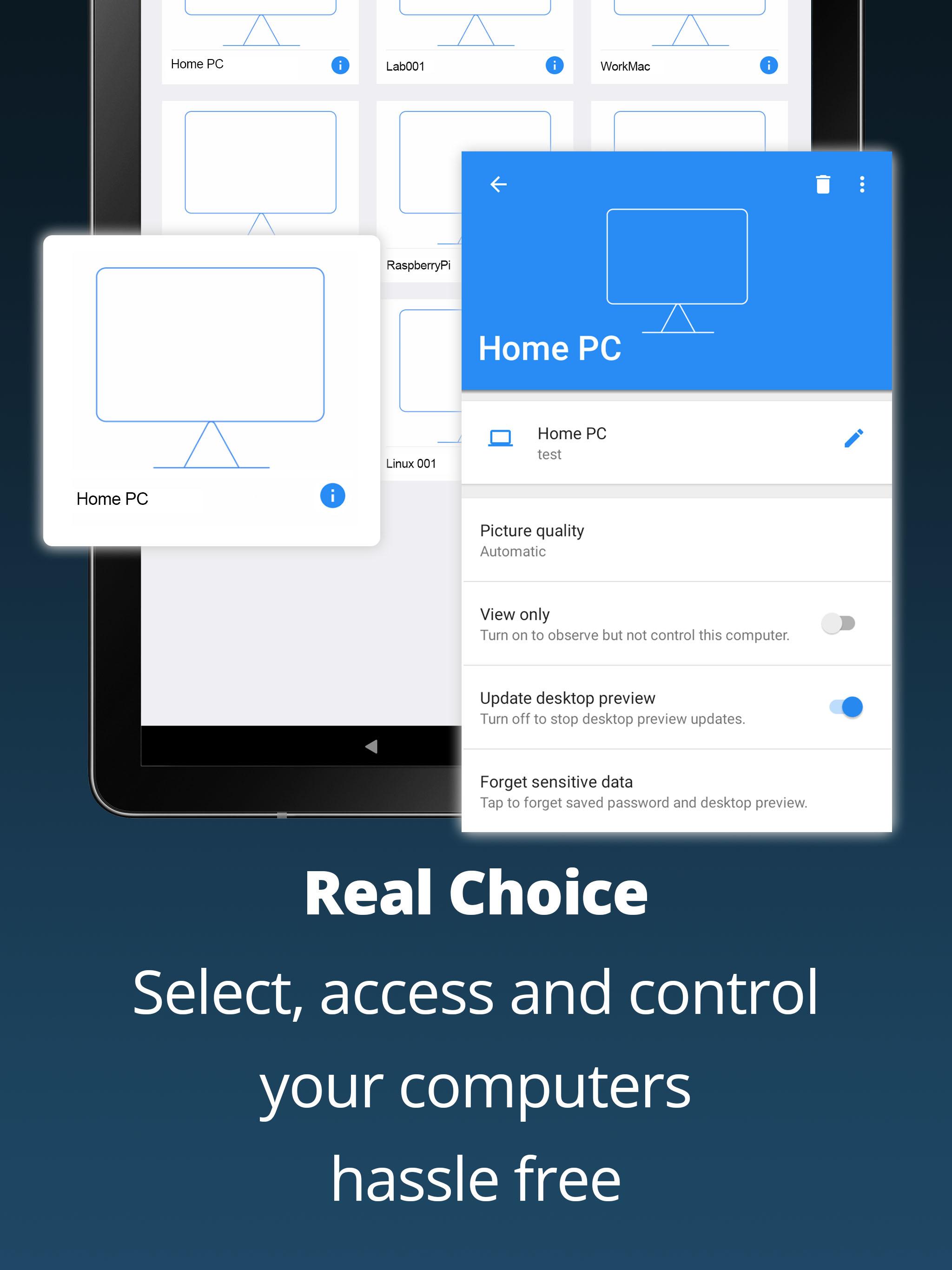Hey there, tech enthusiasts! If you've ever wondered how to set up a remote IoT VPC network using Raspberry Pi and AWS, you're in the right place. In this era of smart devices, connecting your IoT gadgets securely is no longer a luxury—it's a necessity. With the rise of remote IoT solutions, mastering this setup can open doors to endless possibilities. So, buckle up and let’s dive into the world of Raspberry Pi, AWS, and remote IoT VPC networks!
Imagine having the ability to monitor and control your IoT devices from anywhere in the world. Sounds cool, right? Well, it’s not just a dream anymore. By combining the power of Raspberry Pi, AWS, and a Virtual Private Cloud (VPC) network, you can create a secure and scalable infrastructure for your IoT projects. Whether you're a hobbyist or a professional developer, this guide will help you take your IoT game to the next level.
Now, before we get into the nitty-gritty details, let’s set the stage. This article isn’t just about throwing around technical jargon; it’s about giving you actionable insights. By the time you finish reading, you’ll have a solid understanding of how to download and configure your remote IoT VPC network on Raspberry Pi using AWS. So, let’s get started!
- Pr Movie Download Your Ultimate Guide To Safe And Legal Movie Streaming
- Unveiling The Secrets Of Vegamovies Nl Your Ultimate Streaming Destination
What Exactly is RemoteIoT VPC Network?
Alright, let’s break it down. A remote IoT VPC network is essentially a secure, isolated environment where your IoT devices can communicate with each other and the cloud. The "VPC" part stands for Virtual Private Cloud, which is a feature provided by AWS. Think of it as a private network within the vast AWS ecosystem. This setup ensures that your IoT devices are protected from unauthorized access while maintaining high performance.
Here’s why it matters: in today’s hyper-connected world, security is paramount. Without a proper VPC setup, your IoT devices could be vulnerable to cyber threats. By leveraging AWS’s VPC capabilities, you can create a robust network that keeps your data safe and your devices functioning smoothly.
Why Use Raspberry Pi for IoT Projects?
Raspberry Pi has become the go-to platform for IoT enthusiasts, and for good reason. This tiny yet powerful device is affordable, versatile, and easy to use. Whether you're building a home automation system or a complex industrial IoT solution, Raspberry Pi can handle it all. Plus, its compatibility with various programming languages and hardware makes it a dream to work with.
- Kannada Movie Rulz Your Ultimate Guide To The Thrilling World Of Kannada Cinema
- Vegamovies Com Download Your Ultimate Guide To Movie Downloads
Here are some key reasons why Raspberry Pi is perfect for IoT projects:
- Cost-effective: You don’t need to break the bank to get started.
- Community support: A vast community of developers means you’ll never run out of resources or help.
- Flexibility: From Python to C++, you can use almost any language to program your Pi.
- Compatibility: Works seamlessly with AWS and other cloud platforms.
Understanding AWS and Its Role in IoT
AWS (Amazon Web Services) is more than just a cloud provider—it’s a powerhouse for IoT solutions. With features like AWS IoT Core, Lambda, and VPC, you can build scalable and secure IoT systems without breaking a sweat. AWS provides the infrastructure and tools you need to manage your IoT devices efficiently.
Here’s how AWS fits into the picture:
- AWS IoT Core: A managed service that allows IoT devices to securely interact with cloud applications and other devices.
- VPC: Creates a private network for your IoT devices, ensuring data privacy and security.
- Lambda: Enables you to run code without provisioning or managing servers, perfect for IoT applications.
Benefits of Using AWS for IoT
Let’s talk about the advantages of using AWS for your IoT projects:
- Scalability: Easily scale your IoT network as your needs grow.
- Security: AWS provides robust security features to protect your data and devices.
- Cost-effectiveness: Pay only for what you use, making it budget-friendly.
- Integration: Seamlessly integrate with other AWS services and third-party tools.
Setting Up Your RemoteIoT VPC Network
Now that you understand the basics, let’s dive into the setup process. Setting up a remote IoT VPC network involves several steps, but don’t worry—we’ll walk you through each one. By the end of this section, you’ll have a fully functional IoT VPC network running on your Raspberry Pi and AWS.
Step 1: Preparing Your Raspberry Pi
Before you start, make sure your Raspberry Pi is up and running. Here’s what you need to do:
- Install the latest version of Raspberry Pi OS.
- Connect your Pi to the internet.
- Update your system using `sudo apt update` and `sudo apt upgrade`.
Pro tip: Use a static IP address for your Raspberry Pi to ensure consistent connectivity.
Step 2: Creating a VPC on AWS
Next, head over to the AWS Management Console and create a new VPC. Here’s how:
- Log in to your AWS account.
- Navigate to the VPC dashboard and click on "Create VPC."
- Set up your VPC settings, including CIDR blocks and subnets.
Make sure to enable DNS resolution and hostname support for seamless communication.
Step 3: Configuring Security Groups
Security groups act as virtual firewalls for your VPC. Here’s how to configure them:
- Create a new security group in the AWS console.
- Define inbound and outbound rules to allow or deny traffic.
- Assign the security group to your Raspberry Pi instance.
Remember, security is key—only allow necessary ports and IP addresses.
Downloading and Installing Necessary Software
With your VPC set up, it’s time to install the software you’ll need on your Raspberry Pi. Here’s what you need to do:
Step 1: Install AWS CLI
The AWS Command Line Interface (CLI) allows you to interact with AWS services from your Raspberry Pi. To install it:
- Run `sudo apt install awscli` to install the CLI.
- Configure your AWS credentials using `aws configure`.
Step 2: Set Up IoT Core
AWS IoT Core is the backbone of your IoT system. Here’s how to set it up:
- Create a new IoT thing in the AWS console.
- Download the certificates and private keys for your device.
- Install the AWS IoT SDK on your Raspberry Pi.
Once everything is installed, you’re ready to connect your Raspberry Pi to the VPC network.
Testing Your RemoteIoT VPC Network
Before you deploy your IoT solution, it’s crucial to test your setup. Here’s how:
- Ping your Raspberry Pi from another device to ensure connectivity.
- Send a test message from your Pi to AWS IoT Core using the MQTT protocol.
- Monitor your VPC traffic to ensure everything is working as expected.
If everything checks out, congratulations—you’ve successfully set up your remote IoT VPC network!
Troubleshooting Common Issues
Even the best-laid plans can go awry. Here are some common issues you might encounter and how to fix them:
Issue 1: Connectivity Problems
Solution: Check your VPC settings and ensure your security groups are configured correctly.
Issue 2: Certificate Errors
Solution: Verify that your certificates are installed correctly and match the ones in the AWS console.
Issue 3: Slow Performance
Solution: Optimize your VPC settings and consider upgrading your Raspberry Pi if necessary.
Expanding Your IoT Network
Once your basic setup is complete, you can start expanding your IoT network. Here are some ideas:
- Add more devices to your VPC.
- Integrate with other AWS services like S3 and DynamoDB.
- Develop custom applications using AWS Lambda.
The possibilities are endless—your imagination is the only limit!
Conclusion: Take Your IoT Projects to the Next Level
And there you have it—a comprehensive guide to setting up a remote IoT VPC network on Raspberry Pi with AWS. From understanding the basics to troubleshooting common issues, you now have the tools and knowledge to create a secure and scalable IoT system.
Remember, the world of IoT is constantly evolving. Stay updated with the latest trends and technologies to keep your projects cutting-edge. Don’t forget to share your experiences and insights in the comments below. And if you found this guide helpful, be sure to check out our other articles for more tech tips and tricks!
Happy building, and see you in the next one!
Table of Contents
- Mastering RemoteIoT VPC Network on Raspberry Pi with AWS
- What Exactly is RemoteIoT VPC Network?
- Why Use Raspberry Pi for IoT Projects?
- Understanding AWS and Its Role in IoT
- Setting Up Your RemoteIoT VPC Network
- Downloading and Installing Necessary Software
- Testing Your RemoteIoT VPC Network
- Troubleshooting Common Issues
- Expanding Your IoT Network
- Conclusion: Take Your IoT Projects to the Next Level
- Vegamovi Your Ultimate Guide To Streaming Movies Like A Pro
- Filmy4web 2024 Your Ultimate Guide To Streaming Movies And Tv Shows


